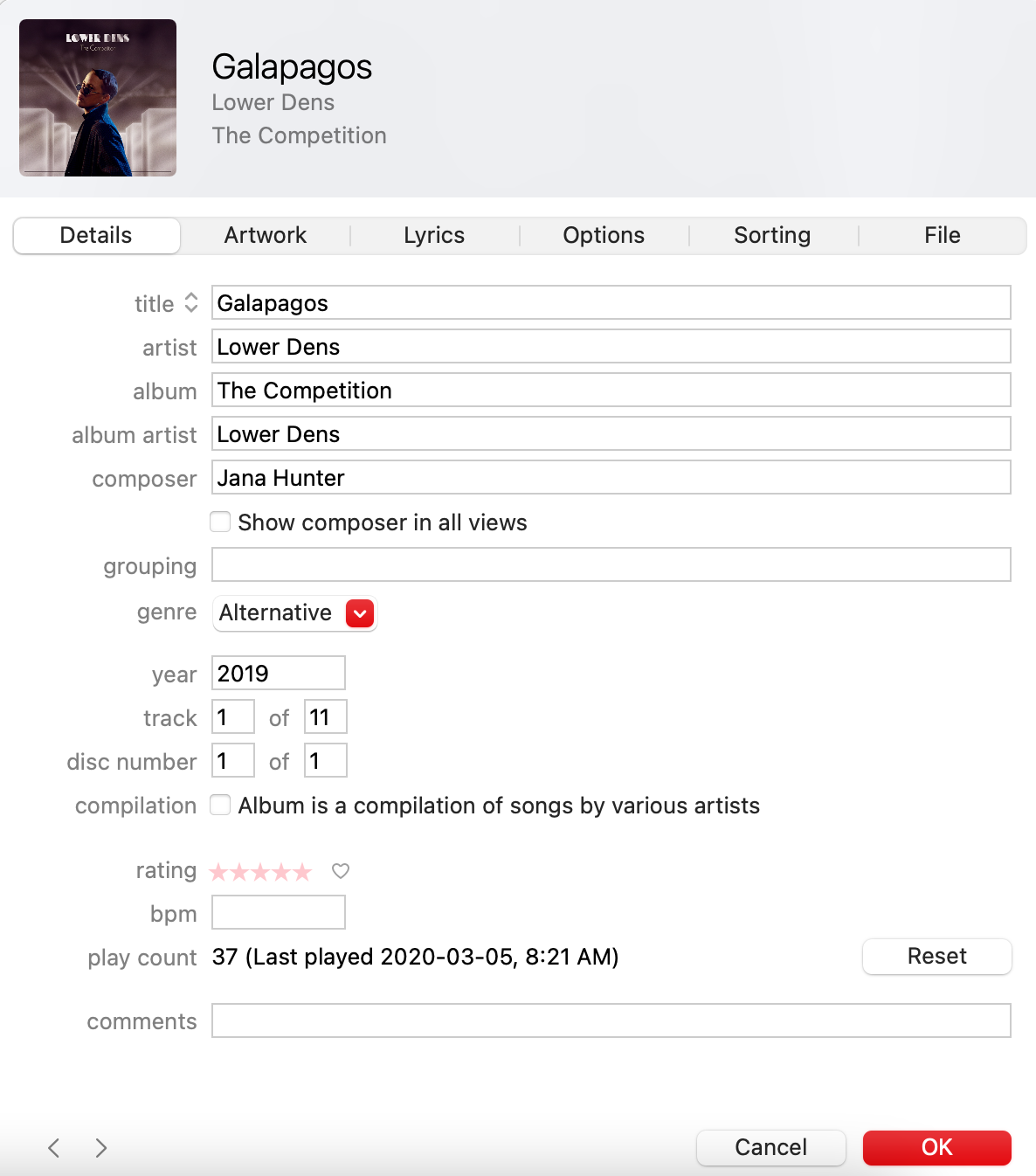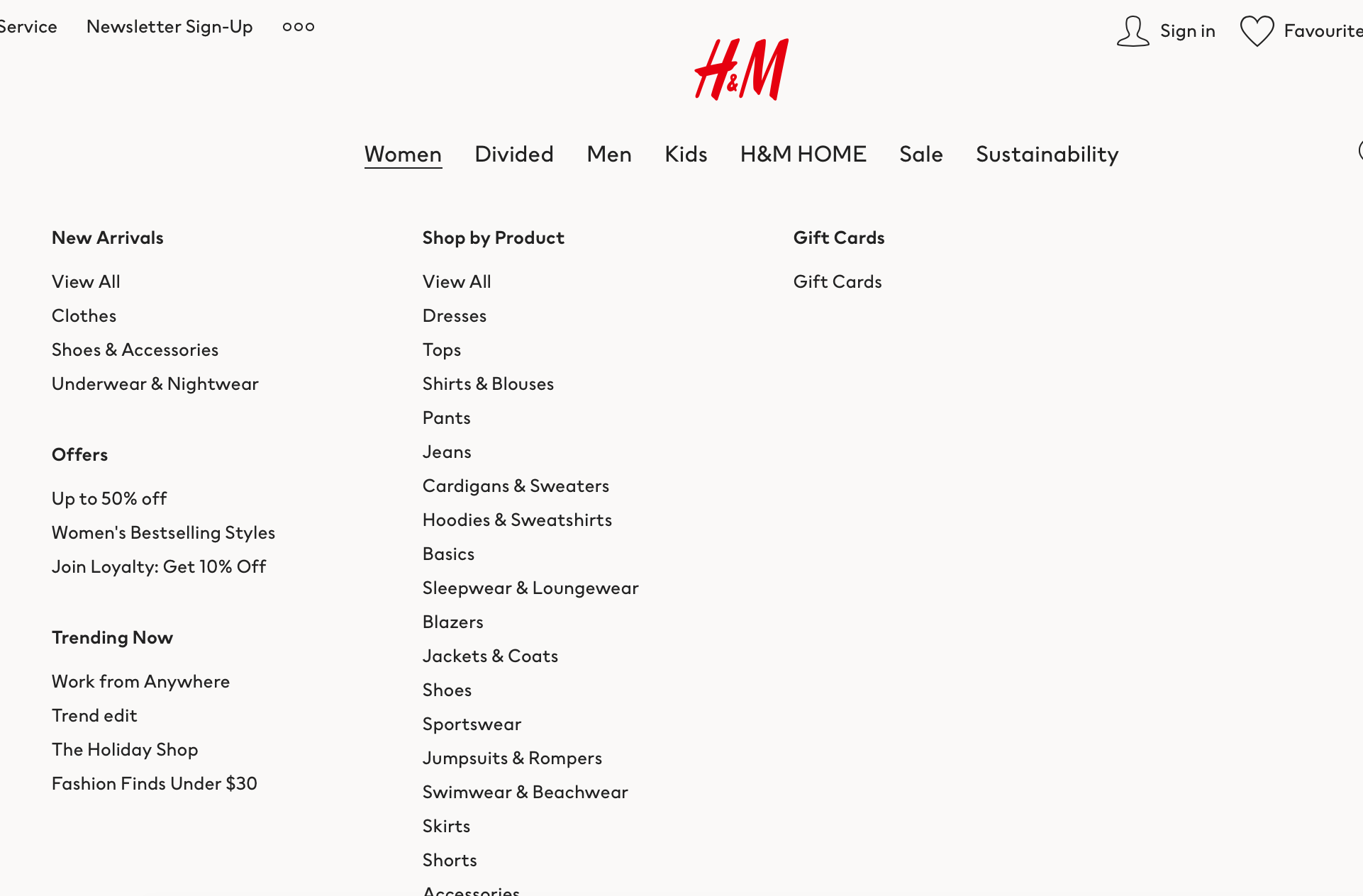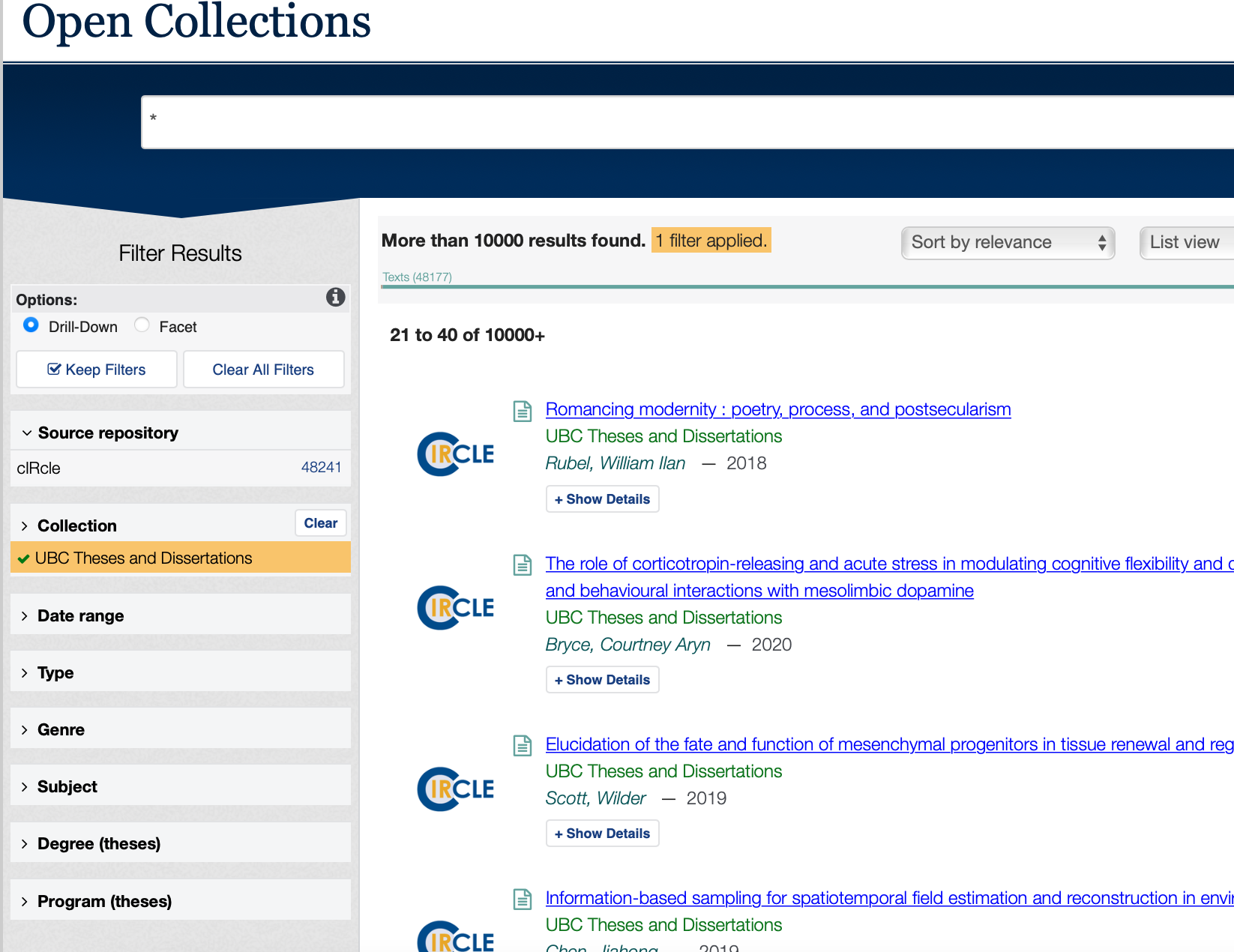Introduction
What is metadata? Metadata is information that describes a resource, in other words, “data about data.” It is data that adds value to information. Metadata itself is a type of data - it requires deliberate creation, storage, curation, and preservation. It can be applied to any object or resource
Why is metadata important? It provides information for the user of the resource.
“It enhances the usefulness of your data or information by providing context—the who, what, when, where, why, and how that helps to discover, identify, interpret, and interact with content.” (Metadata & Discovery @ Pitt)
In research, metadata allows for better discoverability, (re)usability, and sharing of research material - especially data.
Metadata:
- influences search results and record discovery, and thus use
- impacts analysis and time spent on research activities
- is especially important for certain types of content (e.g. datasets), as this information isn’t often present within the resource for a user.
- is useful for applying description to sets or collections of resources
Metadata is used for searching, browsing, contextual linking, aggregation, access/licensing permissions, and more!
How do we encounter metadata in our daily environment? Metadata is all around us. Think about streaming an album - the user is aided by the metadata associated with it. The title of the album, title of the artist, track titles, release year, etc.

Image captured from Apple Music.
Online shopping is another example of an experience that relies on metadata: material, colour, size, etc.
Examples of metadata typically found in the research context: Citation information, contact information, geographic locations, units of measurement, instruments and protocols, survey tool details, version information, etc.
Metadata can also be subject-specific, e.g. biological organism information, astronomy information, social science information, etc.
UBC Library’s Open Collections includes digital photos, books, newspapers, maps, videos, theses, research articles, and more, reflecting the research interests of the UBC community and beyond. All of these resources require metadata description to facilitate usage
How is metadata organized?
- Elements/fields: basic building blocks of metadata description (e.g. title, abstract, author)
- Standards: guidelines for consistent description of a given type of resource
- Schemas: sets of metadata elements within a context (e.g. for a specific repository or project)
- Controlled vocabularies: standardized and organized sets of terms that provide consistent description. Often used for metadata elements
Controlled vocabularies may describe names of people, corporate names, geographic names, topics, concepts, or languages
Types of controlled vocabularies
- Taxonomies: identify hierarchical relationships among concepts within specific domains
- Thesauri: hierarchical structures that also includes preferred terms and shows basic relationship between concepts (Library of Congress Subject Headings list subject headings for use in bibliography records)
- Ontologies: hierarchical structure that is even more regimented - describes clases of data and the network of relationships between these classes (Gene Ontology describes gene information across all species)
Different types of metadata
- Descriptive metadata is basic information about the resource (title, author, description, etc.)
- Structural metadata is information about the composition of the resource (file format, relation to other data, etc.)
- Administrative metadata is information about how to manage the resource (software requirements, copyright, etc.)
Security and privacy is an important consideration. Before releasing data or metadata (publicly or in a limited way), you should consider what should be included, how it could be used, and who will have access to the data. Private or personal information (e.g. contact information, identifiers) may need review and removal/redaction before being made available. See resources from Arts ISIT and the Office of the University Counsel for more information about what constitutes personally identifiable information and protection of privacy.
Activity: Basic metadata creation
For this activity we will use a common item: a cookbook or recipe book (a collection of recipes).
What elements (descriptive terms) could you use to describe the information in a recipe book in order to facilitate use?
Loading last updated date...

